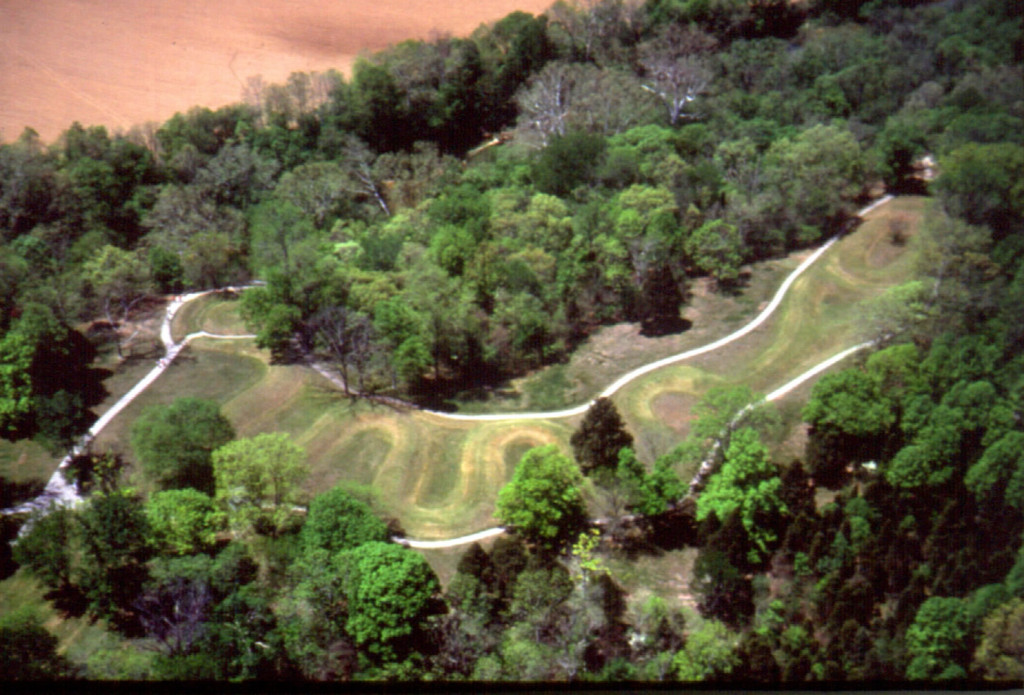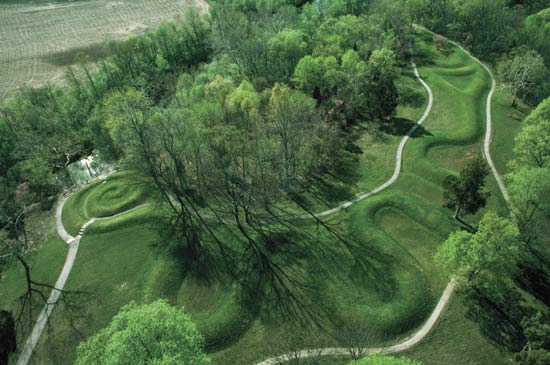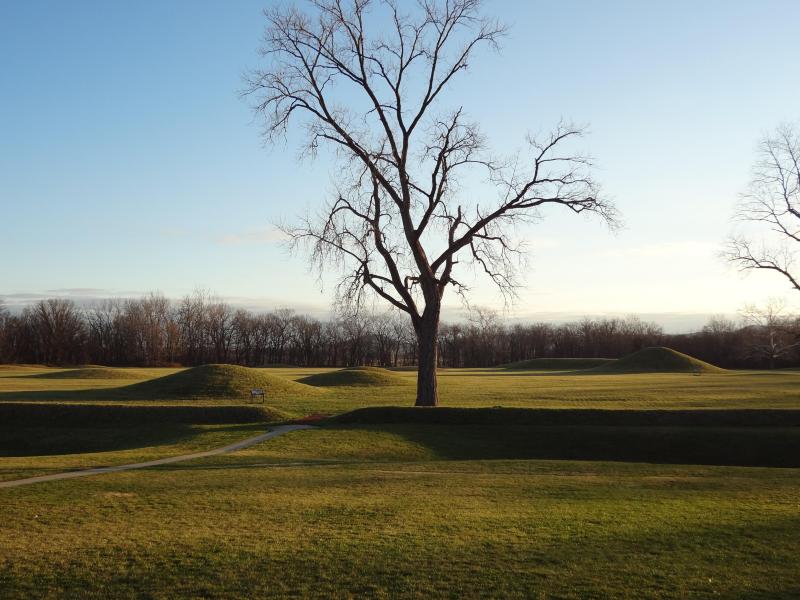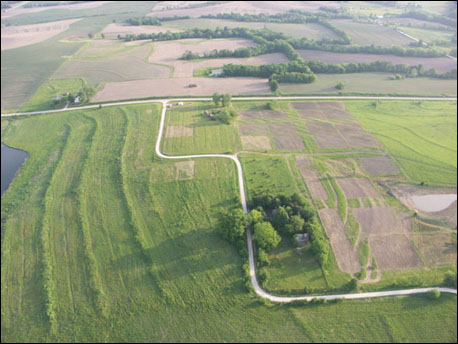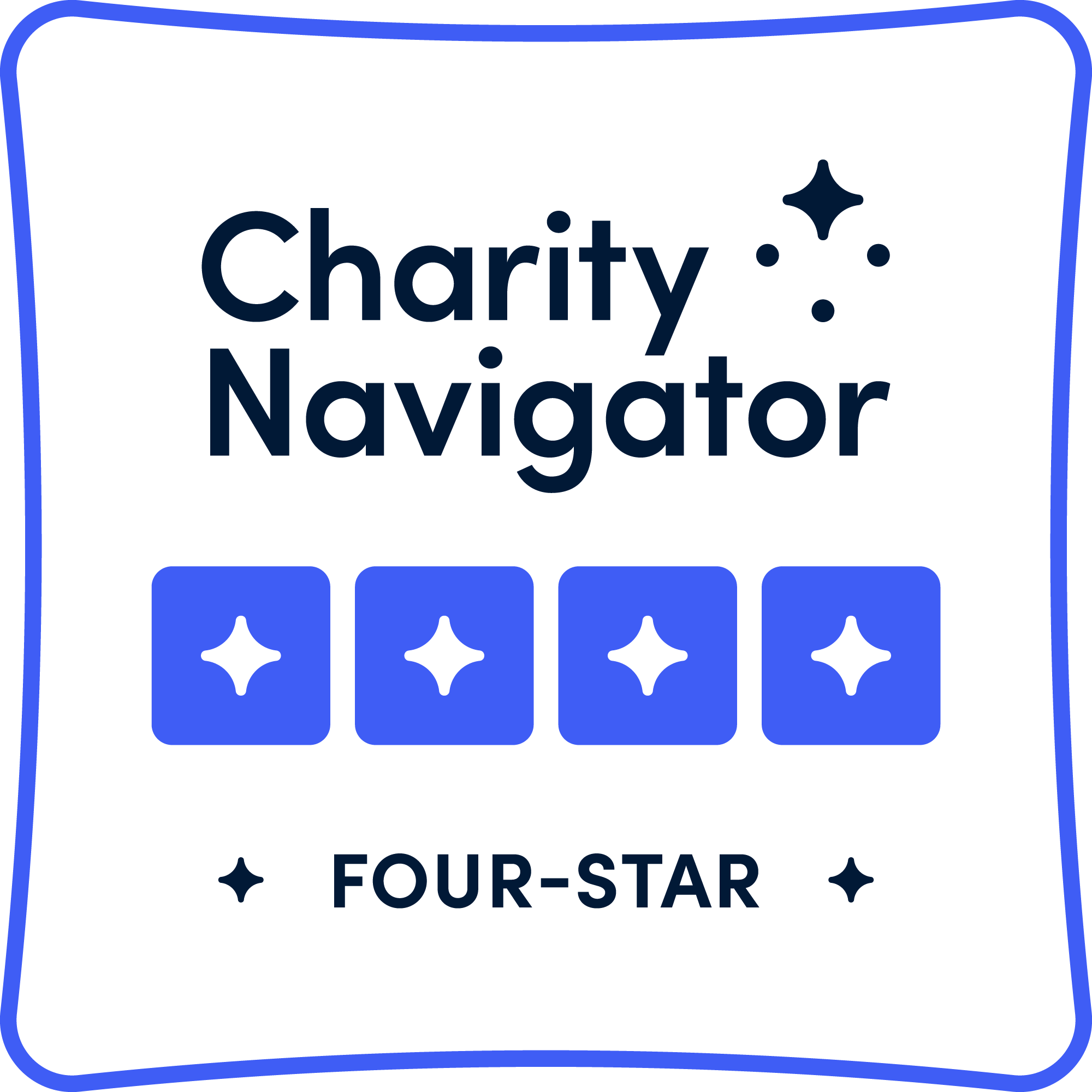When modern Americans think of the nation’s archaeological heritage, most probably conjure up images of the adobe ruins and cliff palaces of the Southwest. The combination of visible architecture and dramatic landscapes can capture the imagination of anyone with even a casual interest in the past. However, in the 19th century, American archaeological interest was firmly centered on the American Midwest.
As American settlers moved westward from the Atlantic seaboard and encountered the sprawling earthworks and towering mounds that lay abandoned across the landscape, a dispute arose as to who had created them. Many believed that a lost race predating the American Indians had created the monuments, while others championed the ancestors of the modern American Indians as their makers. This “Mound-builders debate” would stimulate much intellectual effort and lay the foundation for modern American archaeology. The first book published by the United States government, Smithsonian Contributions to Knowledge Vol. 1, The Ancient Monuments of the Mississippi Valley, was published in 1848 and addressed the Mound-builders debate.
The first private fundraising effort to preserve an archaeological site took place in 1886 to protect the Great Serpent Mound, Ohio, the epitome of an enigmatic Midwestern earthwork. Early in the 20th Century, many of the techniques and methods of modern archaeology were pioneered by the University of Chicago’s “Chicago Field School” as archaeologists labored to systematically investigate Kincaid Mounds in southern Illinois, and the first notable attempt to create a framework for organizing the burgeoning corpus of archaeological data was the “Midwest Taxonomic System” developed at The Milwaukee Public Museum in the 1930s. It is not an exaggeration to say that the Midwest was the crucible in which modern American archaeology was formed.
The Midwest played a notable role in the early days of The Archaeological Conservancy, starting with its first acquisition, Powers Fort. This Mississippian Culture Mound and Village Center in southern Missouri was purchased in 1980, the Conservancy’s first year of operation. In fact, three of the Conservancy’s first four acquisitions would be in the Midwest – Hopewell Mounds (Ohio) and Savage Cave (Kentucky) being the other two. Unsurprisingly, when TAC opened its first “branch office,” it would be in the Midwest. In 1987, the Conservancy opened an office in Cincinnati, Ohio, staffed by one person who handled all acquisition projects east of the Mississippi.
By 1992, the Midwest Regional Office was headquartered in Columbus, Ohio, with Paul Gardner serving as the regional director beginning in 1994. Josh McConaughy joined the region in 2007 as the field representative. Phil Millhouse followed Paul as regional director until 2024 when Lindsay Scott was hired to lead the region which encompasses Ohio, the western portion of West Virginia, Michigan, Indiana, Illinois, Kentucky, Missouri, Iowa, Wisconsin, Minnesota, North Dakota, and South Dakota. It is made up of the ancient cultural regions of the Upper Ohio River, the Upper Mississippi River, a portion of the Northeastern Plains, and the Great Lakes region (except for New York and Canada).
The Conservancy has created archaeological preserves that represent nearly the entire corpus of the culture-history of the region from Ice Age encampments to 19th Century communities established by freed slaves. These include portions of the Cahokia Mounds, a UNESCO World Heritage site, and two National Historic Landmarks; Silver Mound, Wisconsin, an ancient quarry; and New Philadelphia, Illinois, the first town in the United States to be platted and registered to an African American.

